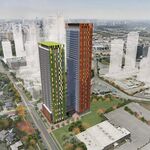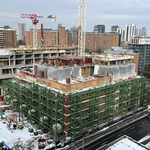the lemur
Senior Member
If the Gardiner accounts for only 9% of traffic heading into the core at peak, where is all the rest of the traffic that it carries going, then and at other times?
If most of the traffic on the Gardiner across Toronto between, say, Bathurst to Parliament turns out be through traffic that doesn't exit, do we really then need the expense of maintaining an elevated expressway instead of sticking it in a trench or tunnel?






